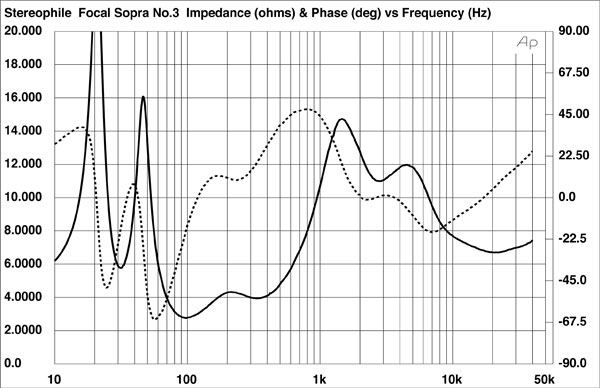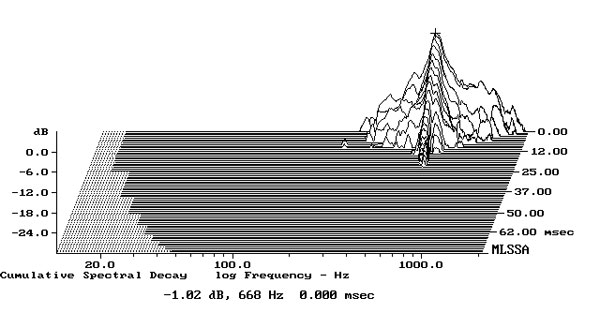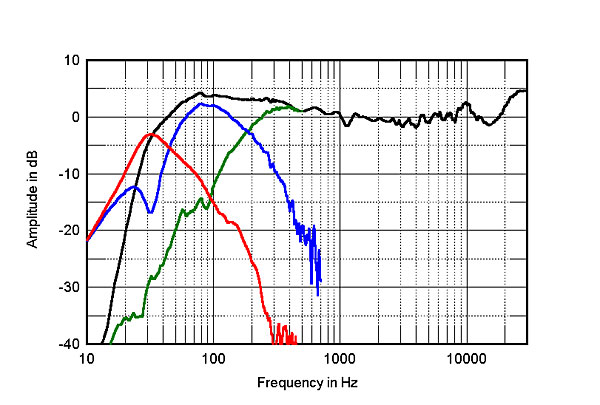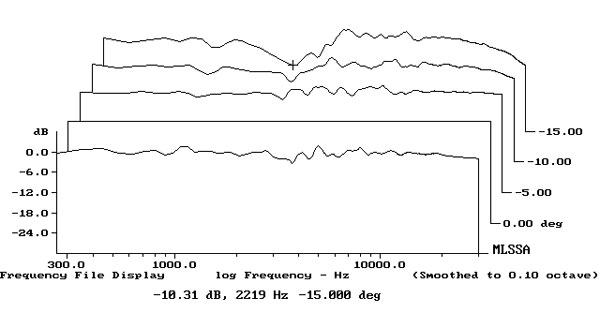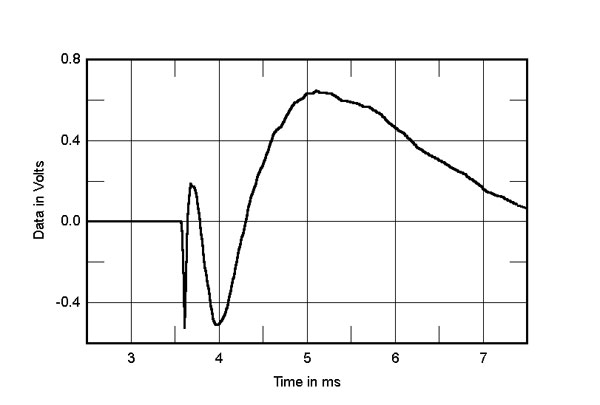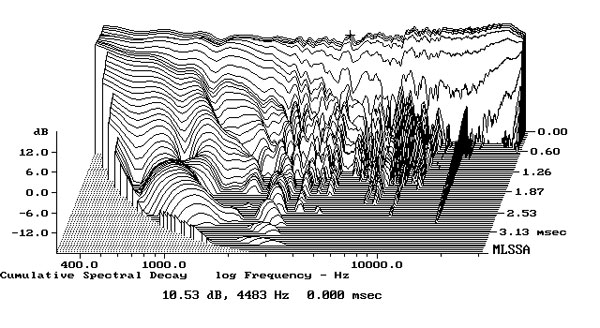| Columns Retired Columns & Blogs |
The older I get the more I hear the room in most systems. I can't help but wonder if judicious use of room treatment/EQ/correction might be a topic you guys could give more attention as part of your speaker reviews.
Given all the time, expense, and attention paid to electronics, system matching, cables, tweaks, etc., it seems to me that digital processing should merit higher consideration.
Most of my listening is with Audirvana+ at my desktop workstation. Minor EQ bumps of just a few dB here and there can give bigger bang than a component upgrade IMHO. I'm in the process (AT LONG LAST) of setting up a dedicated listening/viewing room (a strictly 2.0 system). And I will certainly be experimenting with Dirac, room treatments, and the like.
The demos at audio shows of room correction have always struck me as the most impressive. I'm sure this review system is fantastic so why not take that last step at addressing the biggest component? THE ROOM!
